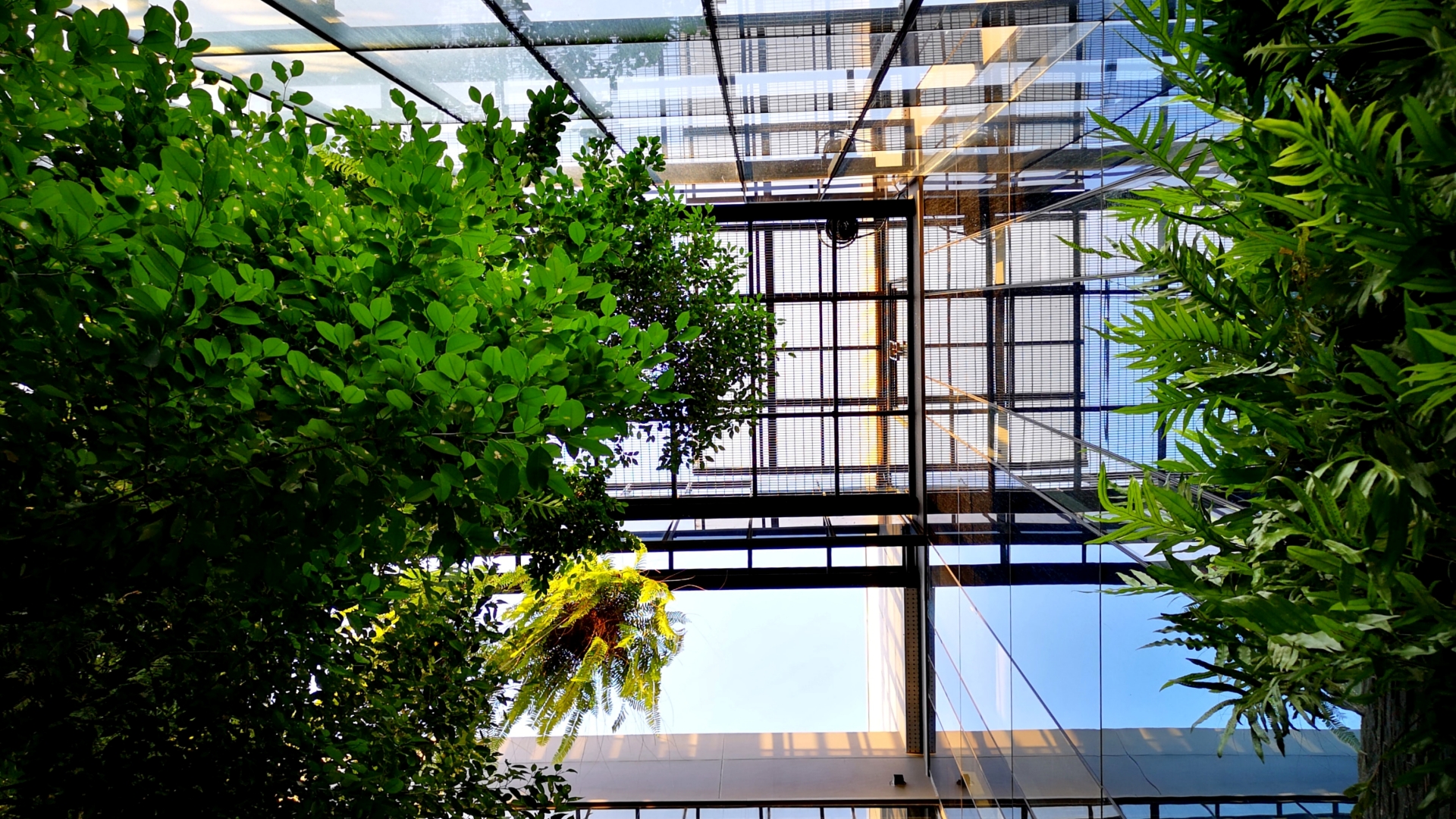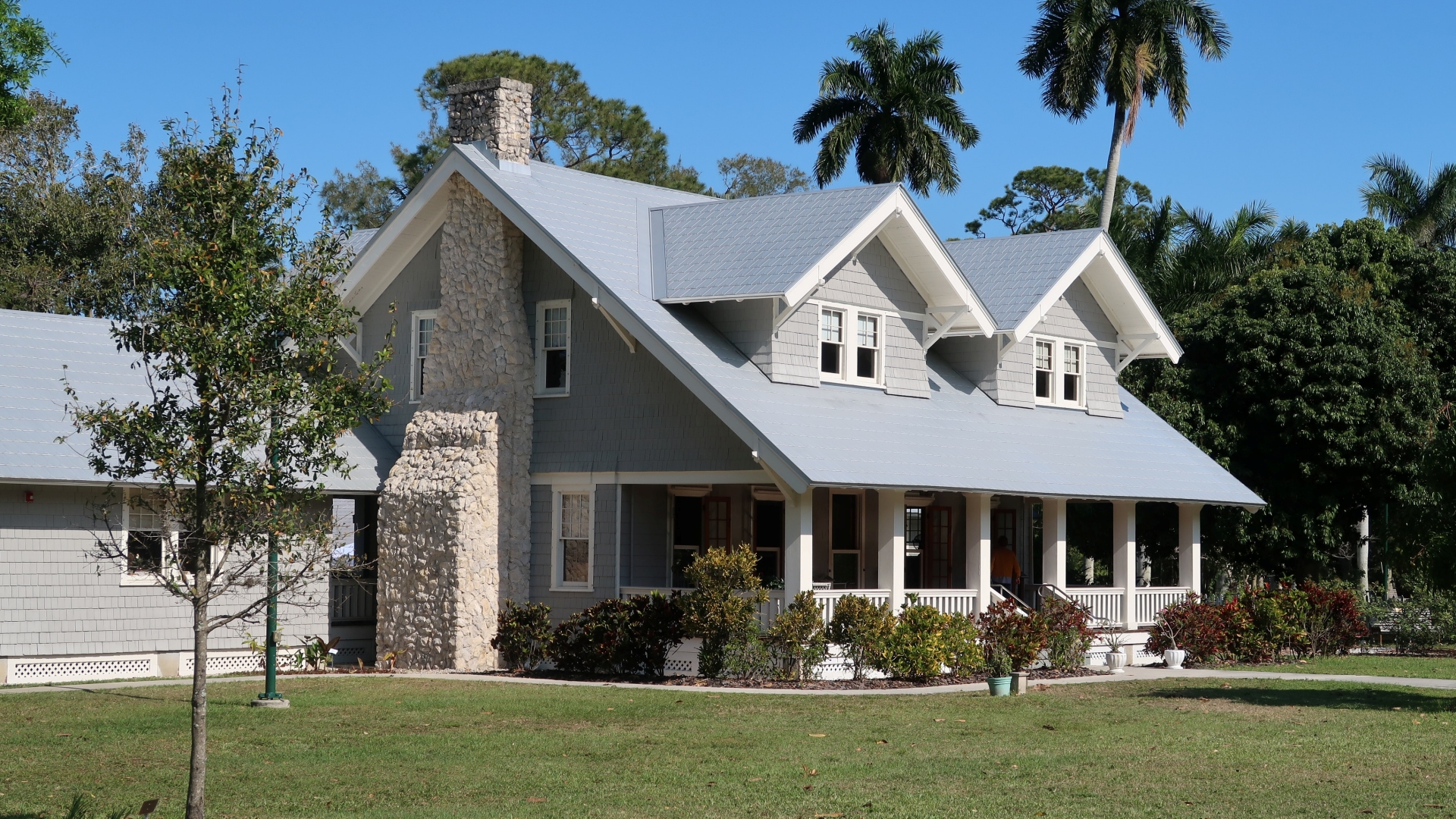The modern architectural look is characterized by a wide variety of vastly different looks, which is why the stainless-steel sink offers the best chance at a highly versatile installation that will look modern anywhere and offer high levels of utility.
In this article, we get into what to know of stainless steel sinks for contemporary spaces, including some of the benefits, implementations, and best practices of stainless-steel sink use in modern design.
The benefits of stainless-steel sinks in modern architectural designs
The stainless-steel sink is a versatile addition to any kitchen, and with the right color scheme, can blend into the countertop effectively. What are some of the most cited benefits of stainless-steel sinks?
Let’s find out!
Aesthetic appeal – Stainless steel sinks look sleek and add to the contemporary look with the shiny and smooth surface. It adds light to the kitchen and can complement various styles and colors of countertops, cabinets, and backsplashes, creating an elegant and harmonious appearance.
Performance – Stainless steel is a versatile material known for its durability. It is also easy to use, clean, and maintain. Stainless steel sinks perform well under heat, resist stains, rusk, corrosion, and bacteria, making them more hygienic. Stainless steel sinks are also highly versatile when paired with the right fixtures and accessories.
Environmental friendliness – Steel is highly recyclable, making it an environmentally superior material to most. The sinks can also reduce energy and water consumption, as they retain heat longer and require less detergent and hot water to clean. If you get the right sink, it can last for decades, reducing the urgency or need for replacement or disposal.
Where do stainless steel sinks work best?
In modern architectural designs, stainless steel sinks are best used in the following contexts.
Industrial design
The aesthetics and functionality of factories, lofts, and warehouses inspire the industrial look. Exposed structures, minimal decorations, and raw materials in sight characterize it.
The stainless-steel sink fits well into this design, as it can enhance the practical look and give it a more polished, elegant, and rugged finish.
Scandinavian
The Nordic countries influence the Scandinavian design, often characterized by functionality, simplicity, and integrated natural elements. Stainless steel sinks fit into this style well, as they can create a contrast and balance with the warm colors, organic shapes, and wood textures Scandinavian designs are known for.
Minimalist
Minimalism has been around for a while and inspires many interior decorators and architects. As the name implies, the designs are built around “less is more.” The hallmarks of minimalism include geometric forms, clean lines, neutral colors, and a muted color palette at its brightest when white colors are predominant.
A stainless-steel sink creates a streamlined and uncluttered look while being easy to use and maintain.
The best practices for implementing stainless steel sinks into contemporary architecture
It is worth discussing the best practices to give you a more refined opinion on implementing stainless steel sinks. Most experts will tell you to:
Choose the right size, configuration, and shape
Stainless steel sinks can be made in various shapes, sizes, and configurations, including undermount, triple bowl, double bowl, single bowl, round, corner, rectangular, square, farmhouse, and more.

The choice of the sink is dictated by the available space, layout, functionality, and kitchen or bathroom design preference.
Choose the correct grade, gauge, and finish
Different gauges, grades, and steel finishes affect the sink’s durability, quality, and appearance.
The finish is the finished surface of the sink, which can be brushed, polished, satin, or matte. The gauge refers to the thickness of the sink, typically ranging from 14 to 22 for architectural projects, with lower numbers indicating heavier and thicker variants.
As for the grade, it refers to the composition and quality of the steel. Numbers are used, including 304, 316, or 430, with higher numbers indicating more resistance to corrosion and rust.
Choose the right accessories and fixtures
The functionality of your stainless-steel sink can be further enhanced with accessories and fixtures complementing and contrasting with the sink, including faucets, dispensers, drains, cutting boards, drying racks and more.
Stainless Steel Sinks Have a Place in Modern Architecture Design
Stainless steel sinks do not need a hard sell. What is a stainless steel sink doing in your modern architectural designs? Well, fitting in, for one, and looking good while at it.
You get to have and use it for many years and can create interesting stainless steel shapes that blend in with your chosen theme.
So, let that stainless steel sink in, will you?











